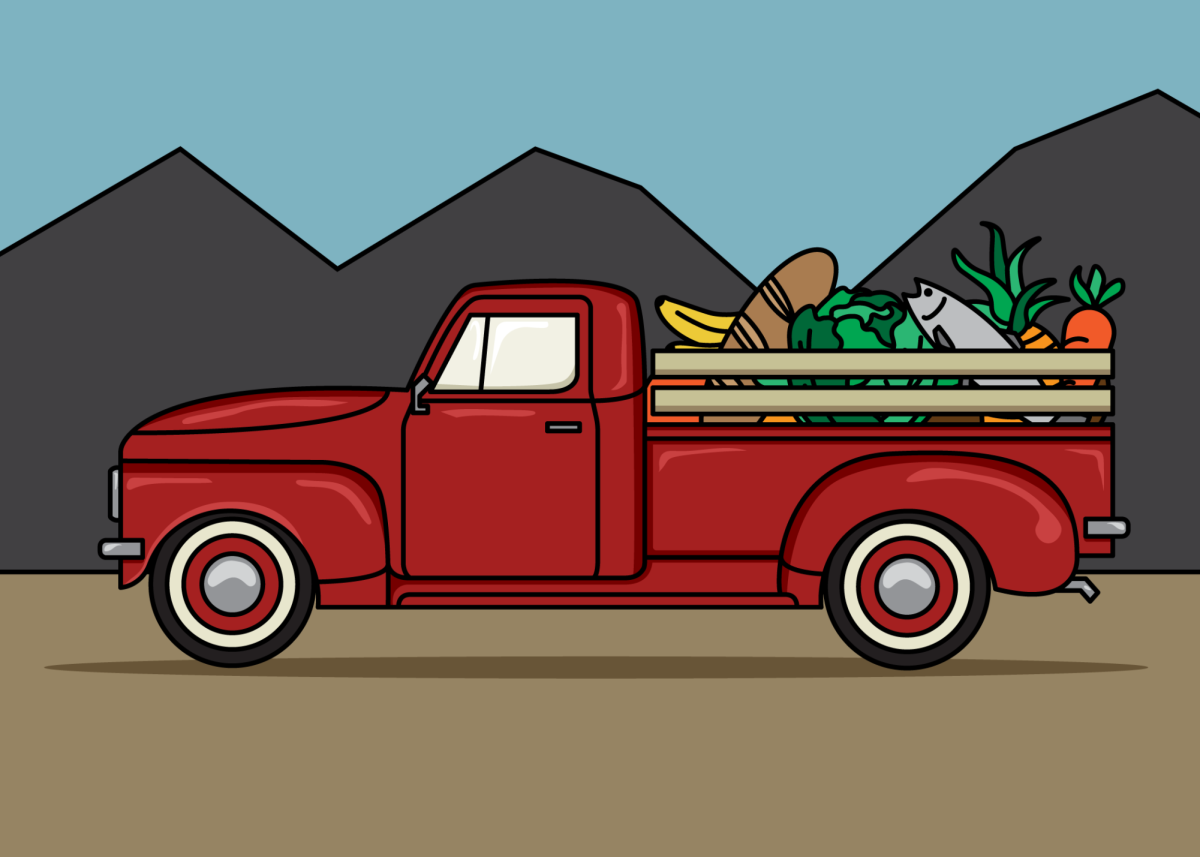It’s an area of great value to everyone, but value can mean very different things, depending on who’s involved.
The last undeveloped parcel of land along Salt Lake County’s Jordan River, once government-protected, is now the source of a hot ethics debate between the Utah Transit Authority, conservationists and archaeologists. With the future extension of the FrontRunner railway to Provo, UTA has proposed building a station on the protected Draper land on about 13500 South, because of its accessibility to Bangerter Highway and its vast space for development. But not only is that isolated piece of wetland important for wildlife in the area, but also, there is a 3,000-year-old American Indian village beneath the surface, according to archaeologists. Worse, the very proposal of the site has left many suspicious of insider trading between private developers and government officials.
In 2000, the land was designated as state-owned open space, but a conservation easement to protect it permanently was never completed. When it was about to be finalized in 2008, Greg Curtis, who was then speaker of the house, influenced Mike Styler, director of the Utah Department of Natural Resources, not to sign the easement. According to Curtis, he was not acting as speaker of the house at the time. Interestingly enough, Curtis was also the real estate attorney for a property owner who wanted to swap his land for the state-owned space. He adamantly denies having any monetary interest in the property, but unless his legal work for the well-established property owner was pro bono, I think it’s a bit of a stretch to say that there were no financial strings attached.
Besides Curtis, Terry Diehl, chairman of the UTA committee, also had a stake in the land. He represents a firm called Whitewater VII that now wants to negotiate the land exchange. After a number of meetings on the land swap with Draper city officials and UTA members, Diehl disclaimed himself because of the conflict of interest and didn’t vote on the issue. But that doesn’t mean he wasn’t still in a position to influence other board members’ decisions to go through with it. That’s a provocative thought when you consider that he was also in a position to personally gain from the deal.
In the meantime, conservationists and archaeologists are scratching their heads because the proposal of the site should never have been made. Matt Seddon, appointed spokesman on the issue from the Utah Professional Archaeological Council, said there is “tantalizing evidence” buried under the land that could “radically change our model and understanding of the development of agriculture in this area and the West.”
When I brought that up in a conversation with Bruce Jones, attorney for UTA, he said that UTA has suggested fully excavating the site before a station is built. But Seddon said that even if UTA chooses to excavate the site, as promised, “excavation is pretty much in and of itself destructive.” Apparently, when you find evidence of a 3,000-year-old American Indian village, you don’t just grab a shovel and start digging. Seddon explained that because of frequent technological advances in archaeology, it’s important to leave certain sites alone, or important historical information could be permanently lost.
“To me, it’s not a game,” Seddon said. “(UTA) never seems to have understood that no, we don’t want to dig up the site.”
He said he hopes that the “extremely high value of this archaeological site will be weighed and considered” before UTA makes any final decisions. Jones promised to do just that, though I became wary when in an offhand comment, Jones called the American Indian ruins “insignificant.” He did, however, say that if destruction of the ruins and artifacts cannot be mitigated, UTA does not intend to build on the site and will choose between the other three proposed areas.
From a transit perspective, the controversial site at 13500 South would be ideal and I understand UTA’s reasoning for choosing the location. The others wouldn’t be quite as easily accessible. The most viable alternative is on 14000 South, but a bridge would have to be built over the Union Pacific tracks, which could potentially reduce ridership. But I think Ted Wilson, head of the Utah Rivers Council, summed up my thoughts when he said, “My goodness, you’re going to destroy the most beautiful, natural place left on the Jordan because you don’t want to build an overpass?”
Let’s stick with the conservation agreement made almost 10 years ago and leave this land alone.

Spencer Merrick











